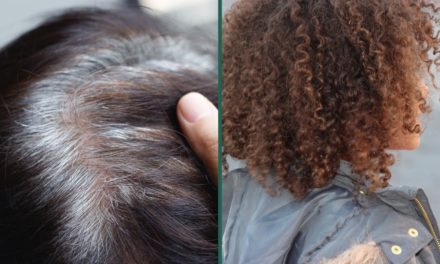Introduction
Alopecia areata is a dermatological condition that causes sudden and patchy hair loss. It occurs when the immune system mistakenly attacks the hair follicles, causing hair loss on the scalp or other parts of the body. Alopecia areata affects people of all ages and can be emotionally challenging due to its unpredictable nature. In this article, we will provide a comprehensive overview of alopecia areata, including its causes, symptoms, mental health effects, and available treatment options. By shedding light on this condition, we aim to empower individuals to recognize the symptoms, seek appropriate medical care, and seek help on their journey to self-acceptance.
Understanding Alopecia Areata
Alopecia areata is an autoimmune disorder where the body’s immune system attacks its own hair follicles, causing hair loss. It can occur in both men and women and can appear at any age.
Common Causes of Alopecia Areata
The exact cause of alopecia areata is not fully understood, but it is believed to be a combination of genetic and environmental factors. Stress and certain triggers can aggravate the condition.
Recognizing the Symptoms of Alopecia Areata
The main symptom of alopecia areata is hair loss, usually in round or oval patches on the scalp. In some cases, the condition can progress to severe scalp hair loss (alopecia tulis) or loss of all body hair (alopecia universalis).
Effects on mental health
Alopecia areata can have a profound effect on a person’s self-esteem and mental well-being. Dealing with hair loss can lead to feelings of self-consciousness, anxiety and depression.
Seek medical help
If you notice sudden or patchy hair loss, a medical examination by a dermatologist is important. Early diagnosis and proper treatment can help manage the condition effectively.
Diagnostic procedures
A dermatologist will perform a physical examination and perform a scalp biopsy or blood tests to confirm a diagnosis of alopecia areata.
Alopecia Areata Treatment Options
- Topical corticosteroids: Applying a corticosteroid cream or solution to the affected areas can help reduce inflammation and help regrow hair.
- Intralesional corticosteroid injection: Corticosteroids applied directly to bald spots can cause hair to grow back.
- Topical immunotherapy: The treatment involves applying chemicals to the scalp to trigger an allergic reaction, stimulating hair regrowth.
- Oral medications: In some cases, oral medications such as corticosteroids or JAK inhibitors may be prescribed to suppress the immune system’s attack on hair follicles.
- Hair transplant: For people with massive hair loss, hair transplants can be an option to restore hair growth.
Coping strategies and support
Alopecia areata can be emotionally difficult to deal with. Seeking help from loved ones or joining support groups can provide valuable emotional support during the journey to self-acceptance.
Result
Alopecia areata is a complex and emotionally challenging condition characterized by hair loss. By understanding the causes, symptoms, mental health effects, and available treatment options for alopecia areata, individuals can take proactive steps to seek appropriate medical care and help on their journey to self-acceptance. Early diagnosis and appropriate intervention can help manage the condition effectively and promote hair regrowth. Let’s make awareness a priority, promote an open conversation about alopecia areata, and empower individuals to embrace their unique beauty while finding strength and resilience in the face of hair loss. Together, we can foster a more inclusive and compassionate society, where people with alopecia are supported and celebrated for their courage and beauty inside and out.










